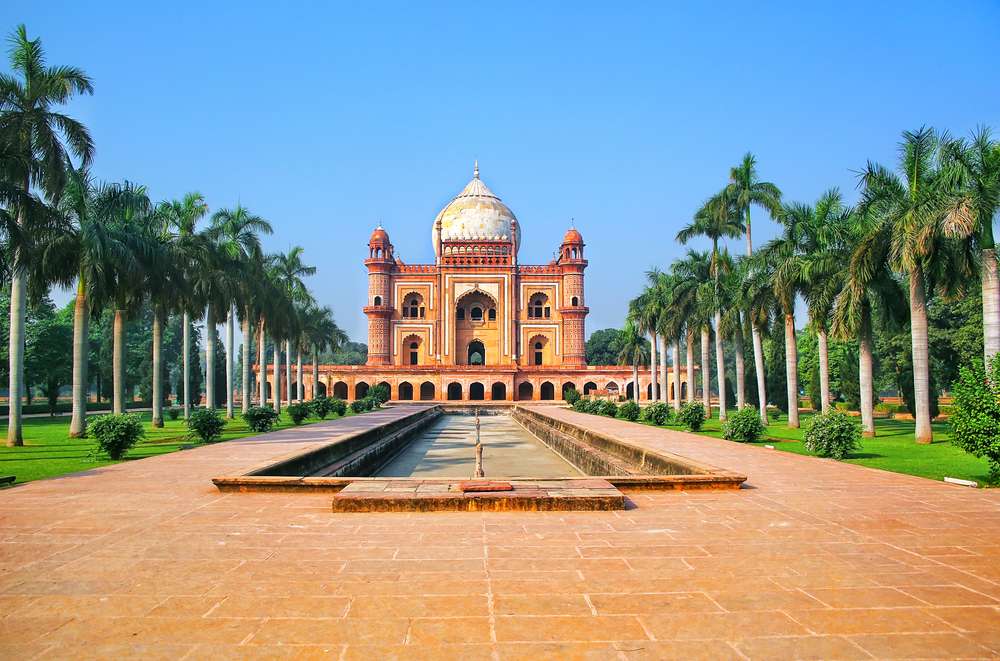The Trans-Canada Highway is more than just a road; it’s a symbol of Canadian unity, connecting the country from coast to coast and offering travelers a scenic journey through diverse landscapes, cultures, and experiences. Stretching nearly 8,000 kilometers from Victoria, British Columbia, to St. John’s, Newfoundland, this legendary highway winds its way through ten provinces, showcasing the beauty and diversity of Canada’s vast and varied terrain. Join us as we embark on a virtual journey along the Trans-Canada Highway, exploring the highlights of each province along the way.
British Columbia: Coastal Beauty and Mountain Majesty
Starting Point in Victoria: The Trans-Canada Highway begins its journey on the picturesque coast of British Columbia in the city of Victoria, located on Vancouver Island. Travelers can explore the charming streets of downtown Victoria, visit the historic Parliament Buildings, and stroll through the world-renowned Butchart Gardens before hitting the open road.
Highlights Along the Route: As the highway winds its way through British Columbia, travelers will be treated to breathtaking vistas of coastal mountains, lush rainforests, and sparkling ocean views. Don’t miss the chance to explore the scenic Gulf Islands, visit the cosmopolitan city of Vancouver, and marvel at the towering peaks of the Rocky Mountains as you make your way eastward.
CANADA VISA FOR BRITISH CITIZENS
Alberta: Rocky Mountain Adventures and Prairie Skies
Gateway to the Rockies: Entering Alberta, travelers are greeted by the majestic beauty of the Canadian Rockies, as the Trans-Canada Highway traverses through Banff and Jasper National Parks. Explore the charming mountain town of Banff, soak in the stunning views at Lake Louise, and embark on outdoor adventures such as hiking, skiing, and wildlife viewing in the Rockies.
Prairie Plains and Urban Centers: As the highway continues eastward, it passes through the rolling plains of central Alberta, where travelers can experience the rich agricultural heritage of the region and visit vibrant cities such as Calgary, home to the iconic Calgary Stampede, and Edmonton, known for its cultural festivals and attractions.
Saskatchewan and Manitoba: Prairies and Lakes
Crossing the Prairies: As the Trans-Canada Highway crosses into Saskatchewan, travelers are greeted by expansive prairie landscapes dotted with picturesque farms, small towns, and endless skies. Explore the vibrant city of Regina, visit the historic RCMP Heritage Centre, and discover the beauty of the Qu’Appelle Valley before continuing eastward.
Exploring the Interlake Region: In Manitoba, the highway passes through the Interlake Region, a scenic area known for its abundance of lakes, rivers, and outdoor recreational opportunities. Stop in Winnipeg, Manitoba’s capital city, to explore cultural attractions such as the Canadian Museum for Human Rights, the Forks National Historic Site, and the vibrant Exchange District.
Ontario: Great Lakes and Urban Adventures
Gateway to the East: Entering Ontario, travelers are greeted by the vast expanse of the Great Lakes, as the highway winds its way along the northern shore of Lake Superior. Marvel at the rugged beauty of the Canadian Shield, and visit the charming towns of Thunder Bay and Sault Ste. Marie, and explore the stunning landscapes of Sleeping Giant Provincial Park.
Urban Centers and Cultural Attractions: As the highway continues eastward, it passes through Ontario’s major urban centers, including Sudbury, North Bay, and Ottawa, the nation’s capital. Explore cultural attractions such as the Royal Ontario Museum and the Art Gallery of Ontario in Toronto, immerse yourself in the history of Parliament Hill in Ottawa, and experience the natural beauty of Algonquin Provincial Park.
Quebec: Historic Cities and Scenic Beauty
Exploring Quebec’s Rich Heritage: As the Trans-Canada Highway crosses into Quebec, travelers are immersed in the province’s rich cultural heritage and stunning natural beauty. Visit the historic city of Montreal, with its vibrant arts scene and eclectic neighborhoods, explore the charming streets of Quebec City, a UNESCO World Heritage Site, and discover the scenic beauty of the Laurentian Mountains.
Sampling Quebecois Cuisine: No journey through Quebec is complete without sampling the province’s renowned cuisine, from poutine and maple syrup to artisanal cheeses and fresh seafood. Indulge in a culinary tour of Montreal’s vibrant food markets, savor traditional Quebecois dishes such as tourtière and sugar pie, and experience the joie de vivre of Quebec’s vibrant culinary scene.
CANADA VISA FOR AUSTRALIAN CITIZENS
Atlantic Canada: Coastal Charm and Maritime Magic
Crossing the Maritimes: As the highway crosses into Atlantic Canada, travelers are greeted by the rugged beauty of the Atlantic coastline and the warm hospitality of its residents. Explore the charming fishing villages of New Brunswick’s Fundy Coast, visit the scenic landscapes of Prince Edward Island, and experience the rich maritime heritage of Nova Scotia’s coastal communities.
Reaching the Eastern Terminus: The journey along the Trans-Canada Highway culminates in the easternmost province of Newfoundland and Labrador, where travelers can explore the historic city of St. John’s, visit the dramatic landscapes of Gros Morne National Park, and immerse themselves in the rich cultural traditions of Newfoundland’s vibrant communities.
Conclusion
Traveling the Trans-Canada Highway is more than just a road trip; it’s a journey of discovery through the heart and soul of Canada. From the rugged beauty of the Rocky Mountains to the coastal charm of the Maritimes, each province along the route offers its unique blend of landscapes, cultures, and experiences waiting to be explored. So pack your bags, hit the open road, and embark on an unforgettable journey across Canada’s diverse and breathtakingly beautiful landscape.


